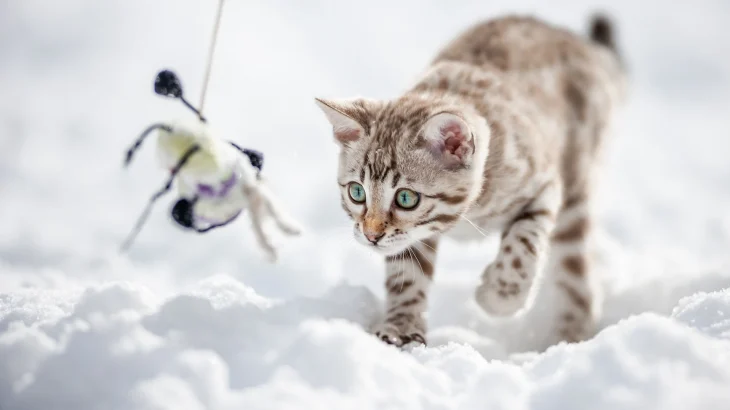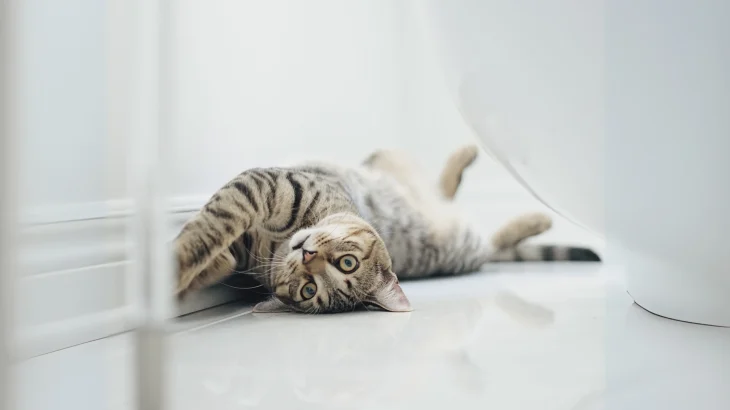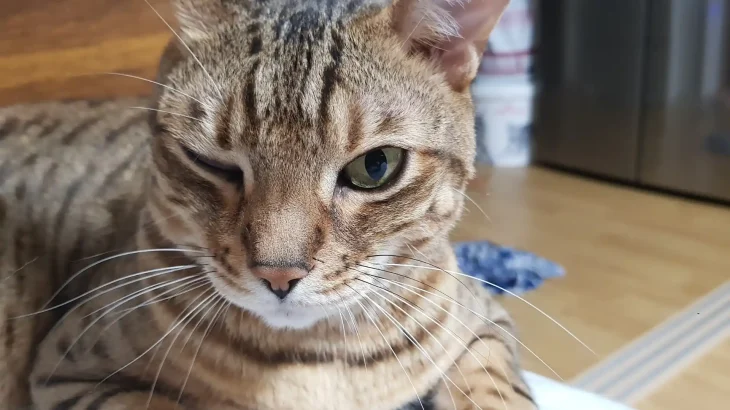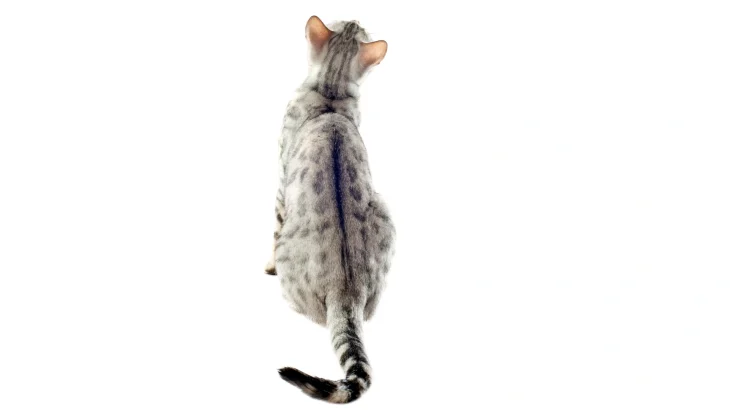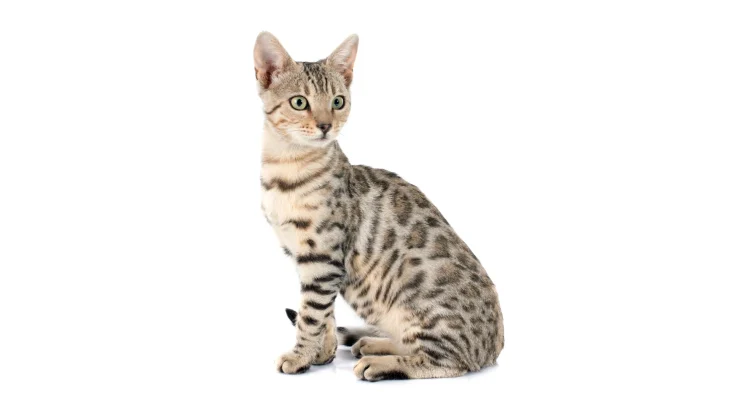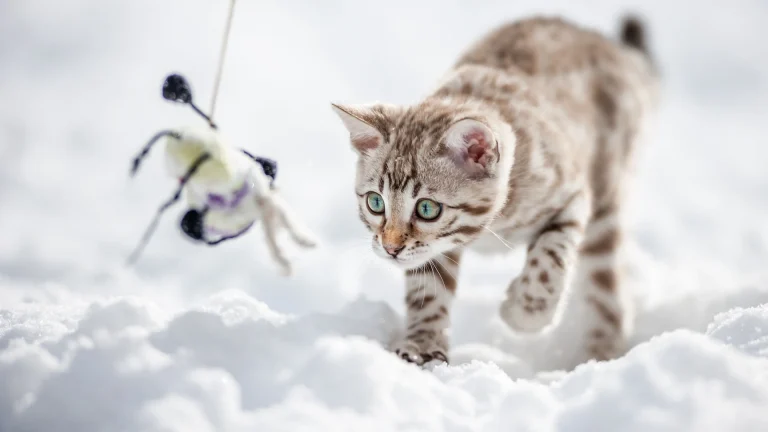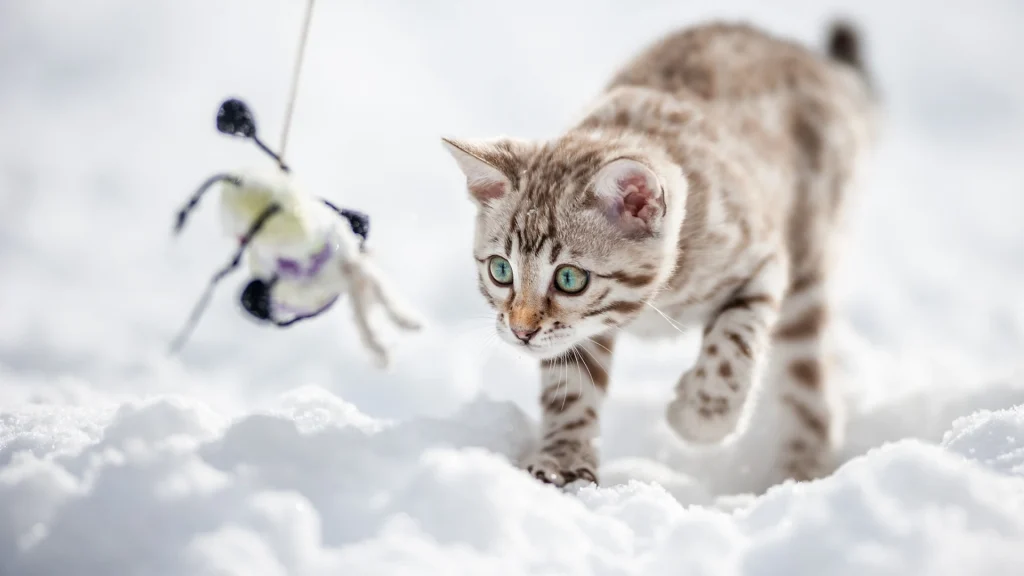Deciding whether to buy or adopt an Ocicat kitten depends on factors such as availability and health transparency. Purchasing from a breeder often offers clearer insights into the kitten's pedigree and medical background, while adopting can be a fulfilling choice that helps provide a home to a cat in need, though breed-specific information might be limited.
| Criteria | Buying from Breeder | Adopting from Shelter/Rescue |
|---|---|---|
| Cost | Typically higher cost due to rarity and purebred status. | Lower adoption fees, making it more budget-friendly. |
| Health History | Usually detailed health records and genetic screening. | Health history might be incomplete but basic checks are done. |
| Age Availability | Primarily young kittens for early bonding and training. | Varies from kittens to adults, sometimes limiting choice. |
| Temperament Insight | Breeders provide info on breed traits and lineage. | Rescue staff share observed behavior, full background unknown. |
| Supporting Practices | Supports breed preservation; choose ethical breeders. | Supports animal welfare by giving homes to cats in need. |
| Breed Purity & Pedigree | Guaranteed breed standards and pedigree documentation. | Breed purity not guaranteed; pedigree often unavailable. |

